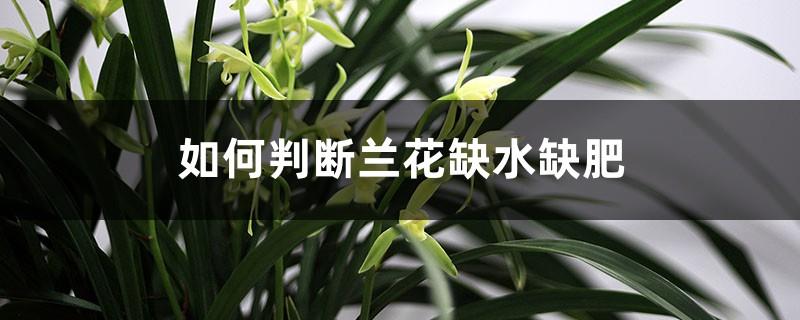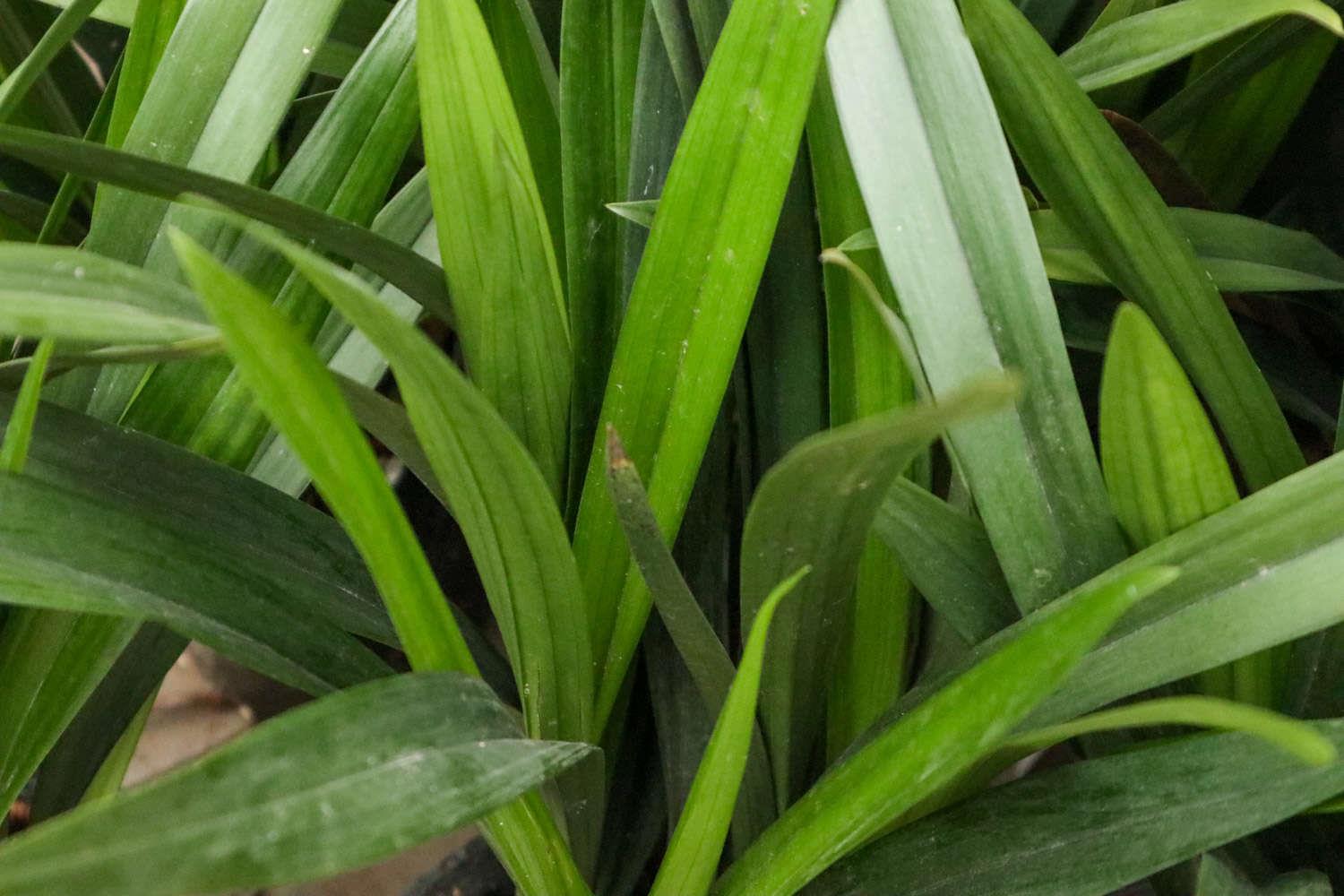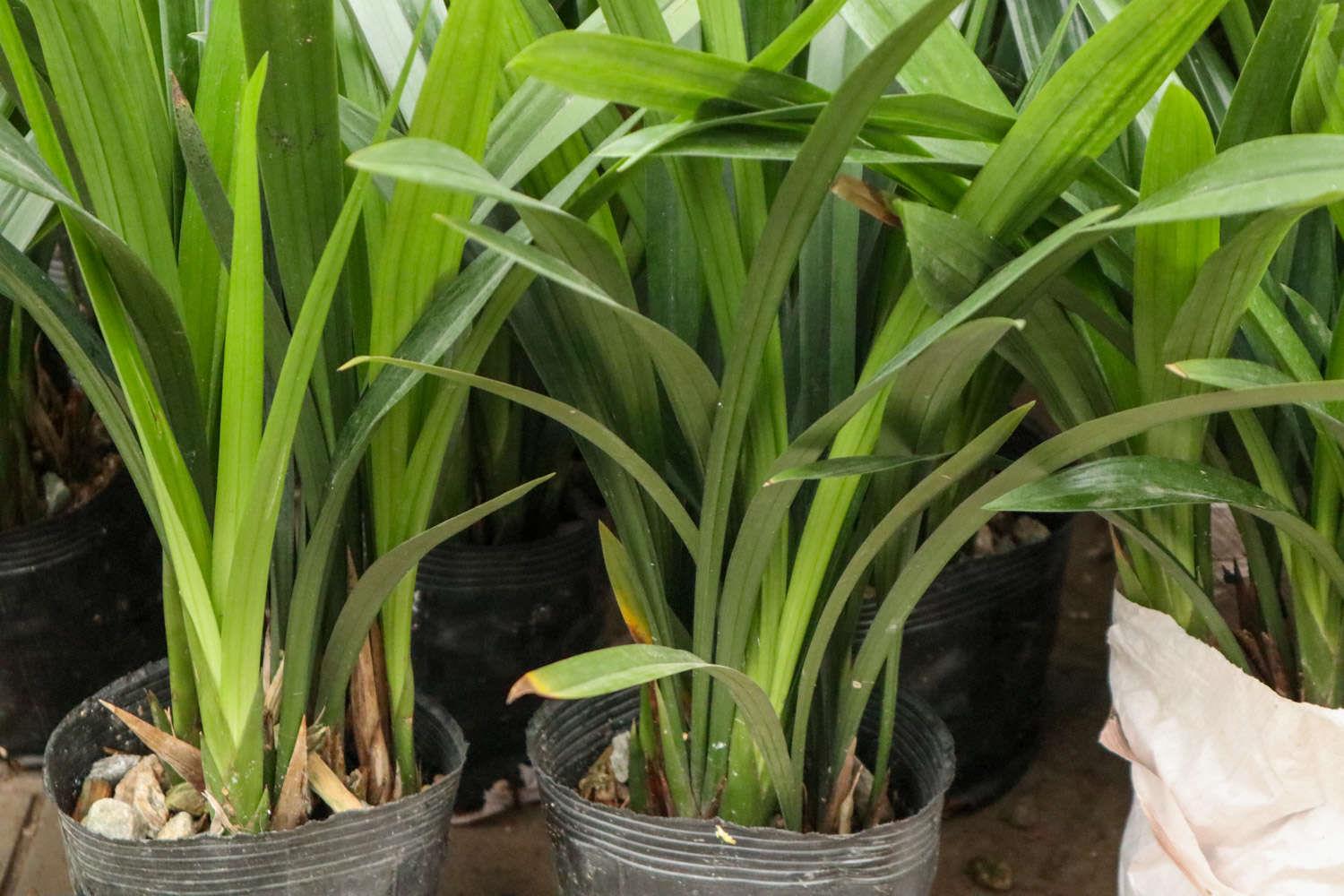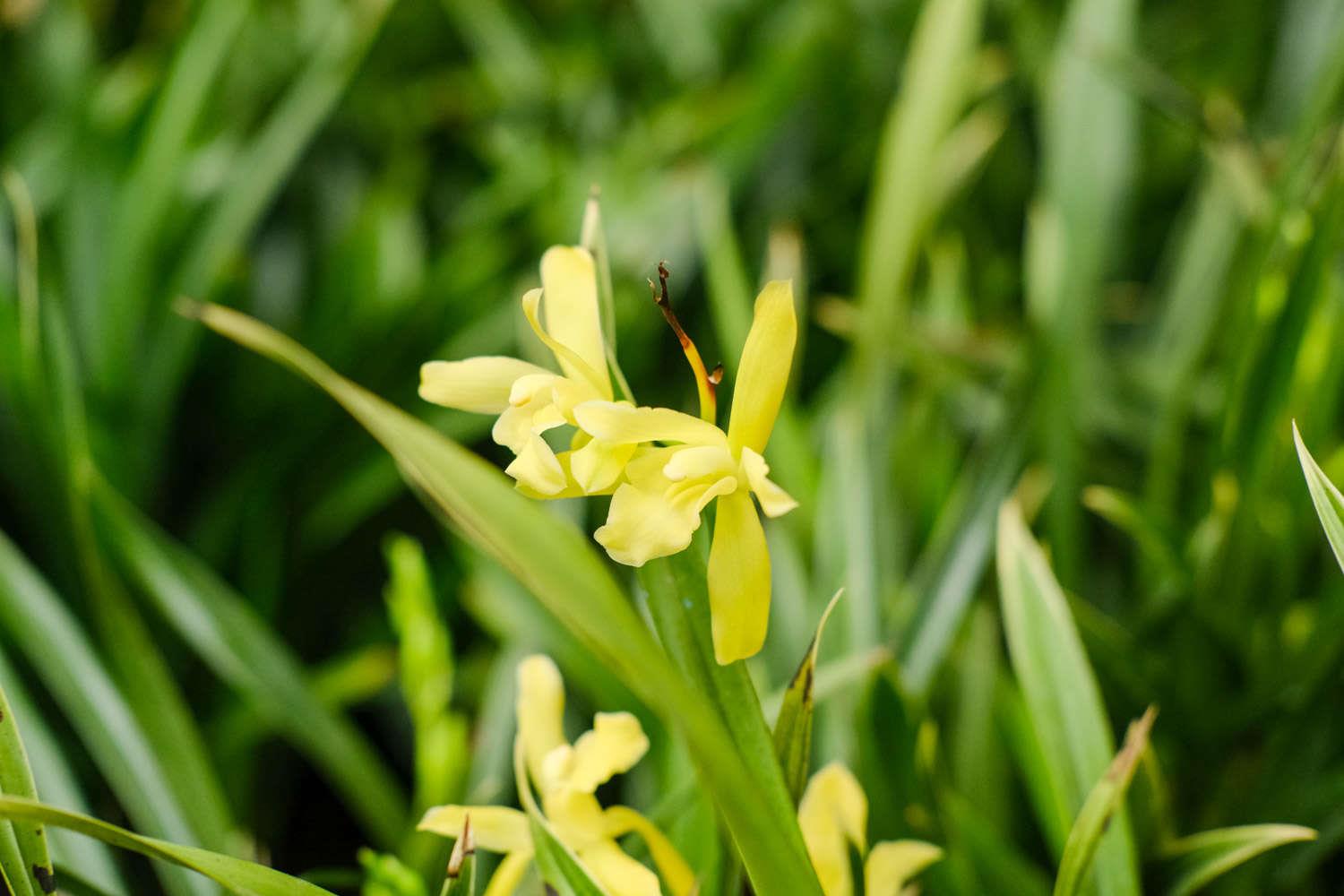How to judge whether orchids are short of water and fertilizer, and how to replenish water and ferti
Last Update :2024.12.02
Article Catalog
The main symptoms of orchid water shortage are that the flower pot becomes obviously lighter, the leaves appear shriveled, the reed heads are shriveled and yellow, the old leaves start to turn yellow and dry from the leaf tips, and the new leaves are not green and dull. At this time, it is necessary to Water the plants promptly. The main symptoms of fertilizer deficiency include thin plants, slowed growth, no new buds and new leaves, old leaves gradually turning yellow from the base, and new leaves dull and dull. It is necessary to add corresponding fertilizer in time according to the symptoms.

1. How to judge
1. Water shortage: If the pot soil is too dry due to long-term lack of watering, or if the orchid is watered irregularly, the orchid will suffer from water shortage symptoms. The main symptoms are that the leaves shrink and the whole plant looks wilted; the reed heads are shriveled and yellow; the old leaves turn yellow and dry from the tips, and the new leaves are not green and dull.

2. Lack of fertilizer: The pot soil is too poor or has not been available for a long time If you fertilize the plant, the orchid will show symptoms of malnutrition. The main symptoms are that the plant is thin, the growth rate becomes slow and there are no new buds and new leaves; the old leaves gradually turn yellow from the base, and the new leaves are dull and dull. Depending on the missing nutrients, the plant will show different symptoms. For example, when there is a lack of nitrogen fertilizer, the new leaves of the plant will grow poorly and are thinner than the old leaves; when there is a lack of phosphorus, the leaf buds of the plant will grow slowly and the leaf edges will be slightly curved. When magnesium is deficient, leaves will appear yellowing and other different conditions.

2. How to solve
1 .Replenish water: If the plant wilts due to lack of water, the orchid can recover by replenishing water in time. Then in the subsequent maintenance, when the pot soil becomes dry, you need to water it thoroughly to replenish the water for the plant.
2. Supplementary fertilizer: If the pot soil has not been replaced for a long time and the soil is too poor, the flower soil needs to be replaced in time and replanted. When cultivating orchids, try to change the potting soil once a year. If the plants have not been fertilized for a long time, just replenish nutrients in time. According to the different symptoms displayed by the plants, corresponding fertilizers can be applied to the plants. If it is caused by a lack of nitrogen fertilizer, it can be improved by applying urea every 3 days; if it is caused by a lack of phosphorus fertilizer, you can use potassium phosphate solution to irrigate the roots or spray it directly on the leaves. Apply it every 3 days and it will get better after 3 times. If it is caused by magnesium fertilizer deficiency, you can spray the leaves with 0.5% magnesium sulfate solution every three days, and it can be improved after about 3 times.

- END -
For those who don’t know how to grow flowers, I recommend these 8 types to you. If you don’t grow th

Are you the legendary flower-growing killer, the kind who will die no matter how m...
Plant these “4 types” of flowers in the beginning of spring. They will bloom in bright colors and yo

Having several pots of flowers at home will make the home look particularly lively...